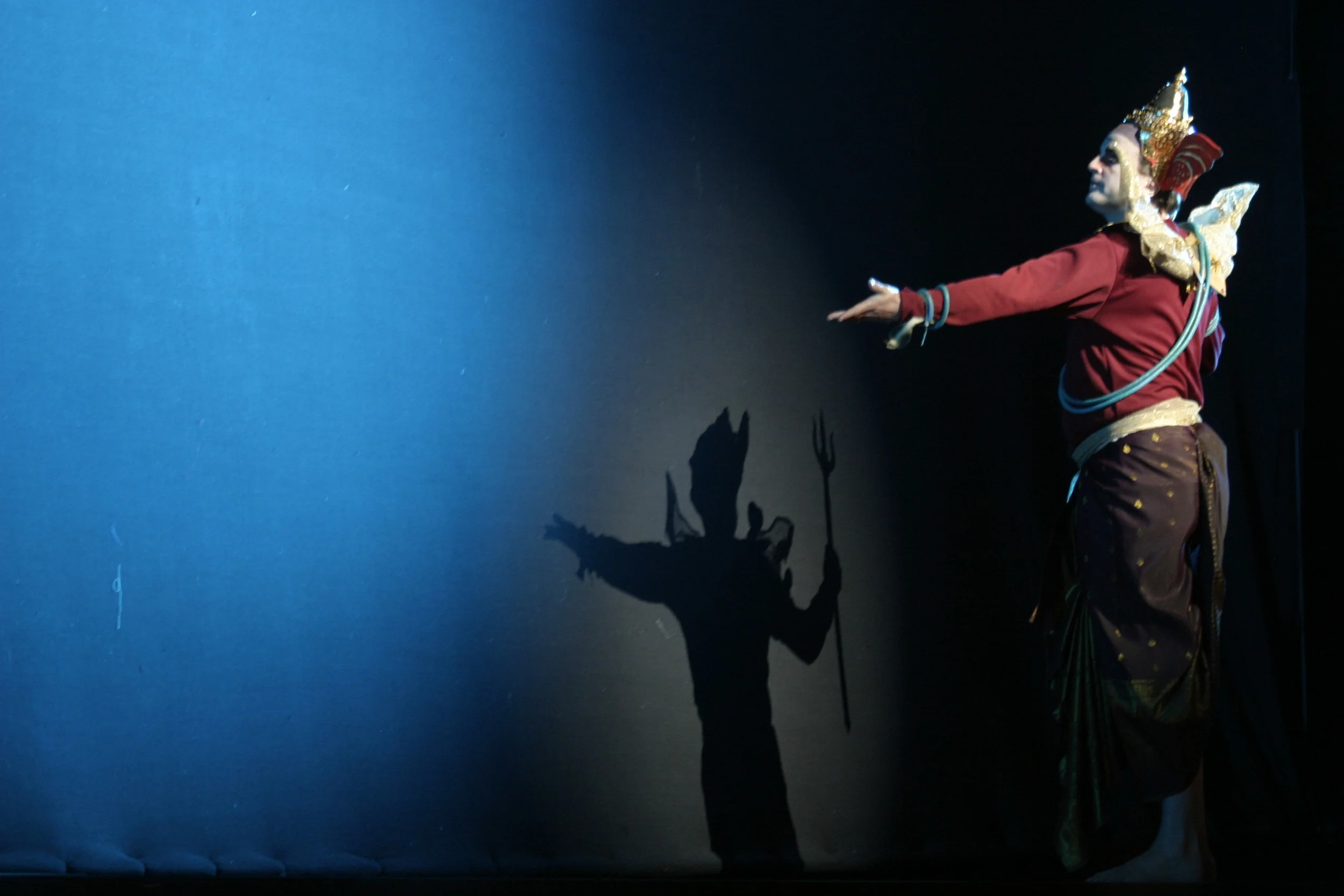Five performances of Singapore Lyric Opera’s “Aïda”, perhaps the most lavish production in the flagship company’s 27-year history, will be conducted by Thailand’s maestro Somtow Sucharitkul from June 1-6. Considering that Somtow is an operatic pioneer in the region, whose operas have been seen in the United States and Europe, one might ask why it’s taken so long for him to helm the opera in Singapore, but this epic production has more of Thailand’s influence than its maestro.
Nancy Yuen, Somtow, and Tomas Ruud on Singapore's morning news
Performing the role of “Radames” is Spanish tenor Israel Lozano, whose Southeast Asian debut was in “Madama Butterfly” with Opera Siam nine years ago. Since then, he has become a fixture in Singapore and Malaysia as well as Thailand. The venegful Egyptian Princess, Amneris, is played by Mexican mezzo Grace Echauri — whose Southeast Asian debut was fourteen years ago with Opera Siam — as Amneris. Nancy Yuen, artistic director of Singapore Lyric Opera and the region’s reigning diva, plays Aida, and she has done over a dozen roles with Opera Siam, including the title role in Mae Naak, Butterfly, Mimi in Bohème, Thaïs, Donna Anna, Pamina, and the Empress in Somtow’s Dan no Ura, as well as directing one of Opera Siam’s productions.
“There’s a sense in which it feels like an Opera Siam production,” says the maestro, “except there’s a real budget, and real preparation time.” Singapore’s Aida is budgeted at five times the cost of the average opera in Bangkok. Somtow opined that there were numerous differences in working in the two metropolises. “There’s a serious work ethic in Singapore,” he says, “meaning that there’s a really heavy rehearsal schedule. And it gives the opportunity for the stage director, Covent Garden’s Andrew Sinclair, to delve really deeply into the characters and to come up with a quietly revolutionary interpretation of the opera.”
When Somtow produced “Aida” in Bangkok in 2005, the production was a revelation. Richard Harrell, the guest stage director from San Francisco Opera, said “It is still one of the productions I am most proud of.” Instead of being set in Egypt, the production was given the look and feel of ancient Siam at war with Burma, the milieu of Suriyothai and Naresuan, giving an interesting series of local metaphors for its audience.
In terms of look and feel Singapore’s “Aida” is more traditional in that it is set in Egypt. But in other ways it too is revolutionary. “After a five minute conversation with Andrew Sinclair, we discovered, amazingly, that we were on the same page,” Somtow said. “We were both fatigued with the epic, monumental ‘Aidas’ we see frequently, and we could see another ‘Aida’ inside the spectacle — an intimate family tragedy of people caught up in a sweeping history they can’t control.”
Testing the costume: Alvin Tan as Ramfis
Somtow’s take on the music digs deep under the crust of “epic splendor” to try to pull out Verdi’s “intimate drama.” He’s been working with Singapore Lyric Opera’s orchestra to bring out the music’s exotic, subtle colors. He’s removed dozens of “traditional” exaggerations that singers have overlaid onto Verdi’s score, and eschewed the monumentally slow tempi of some interpreters for a much more exciting pace. “I hope that local audiences will be sucked into the story in all the richness and complexity that Andrew Sinclair has found in the text,” he says.
Will the production eventually come to Bangkok? “I’m trying to talk them into it,” the Thai maestro says cryptically.
an intense moment in rehearsal....
***
Singapore Lyric Opera’s AIDA plays June 1,2,3,5 and 6 at the Esplanade in Singapore. Opera fans from Thailand, Malaysia, and even Norway are flying in for the show. For tickets, go to sistic.com.sg.










